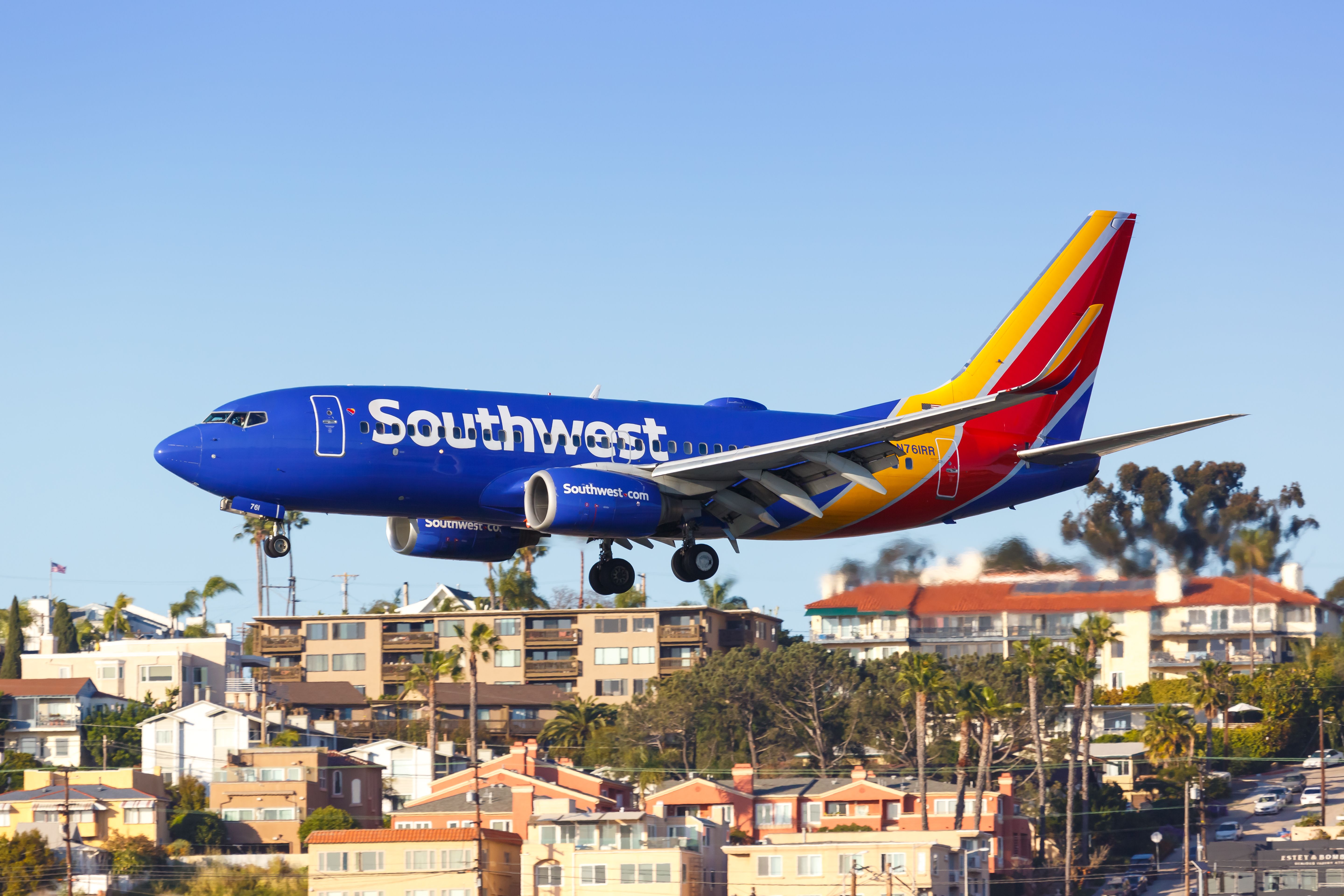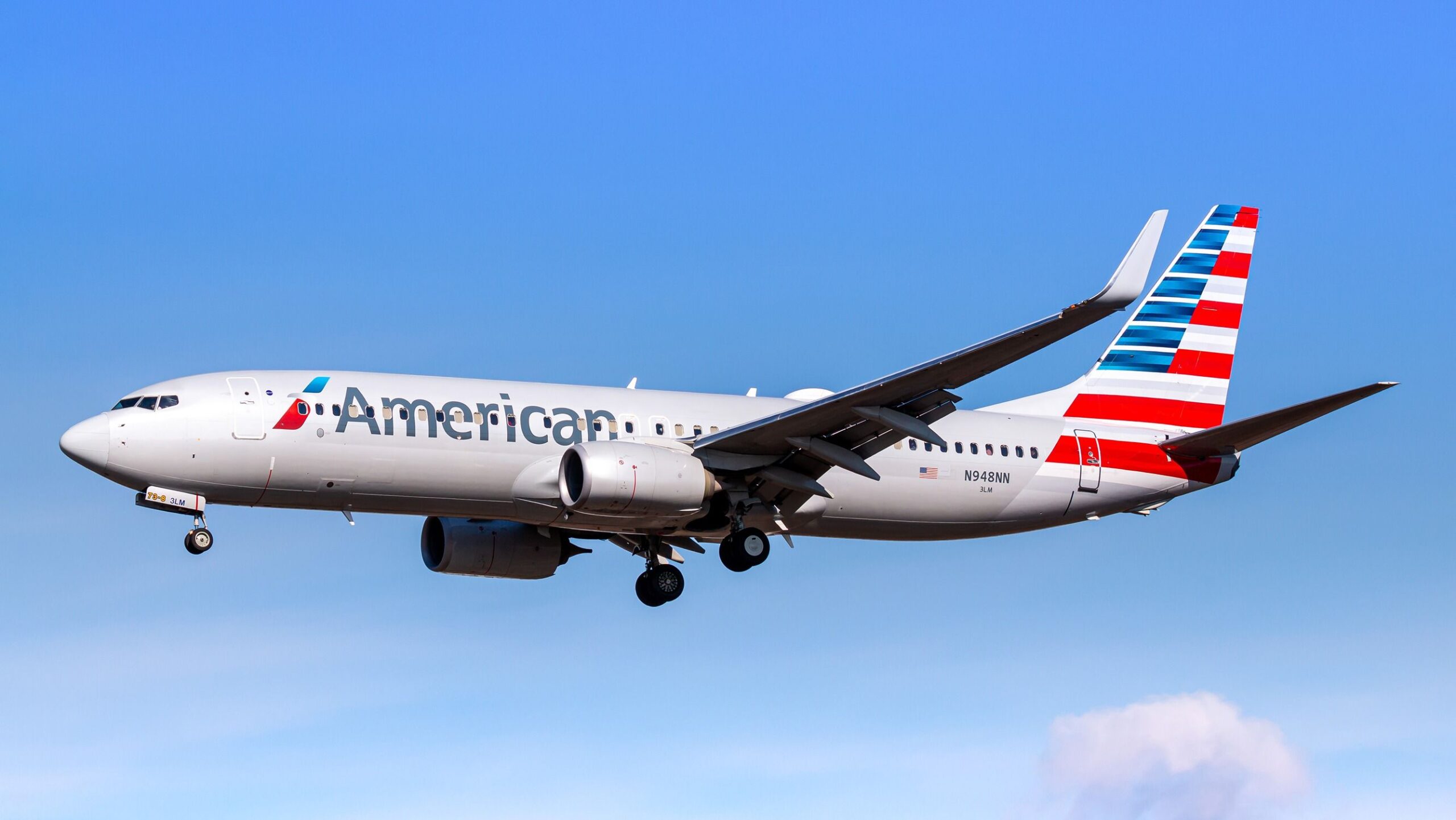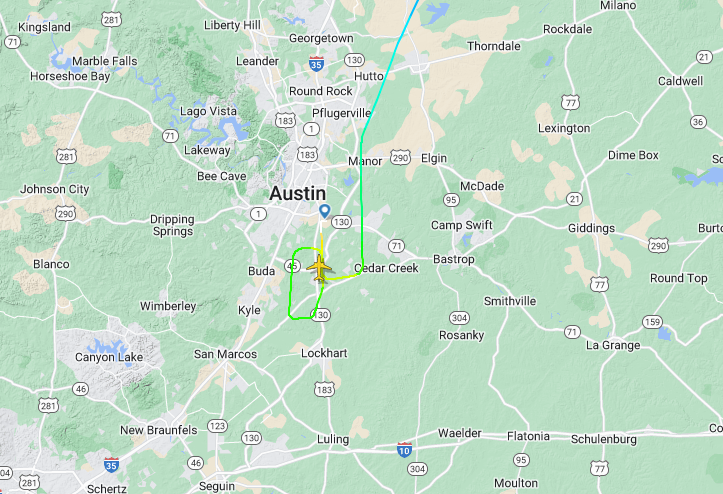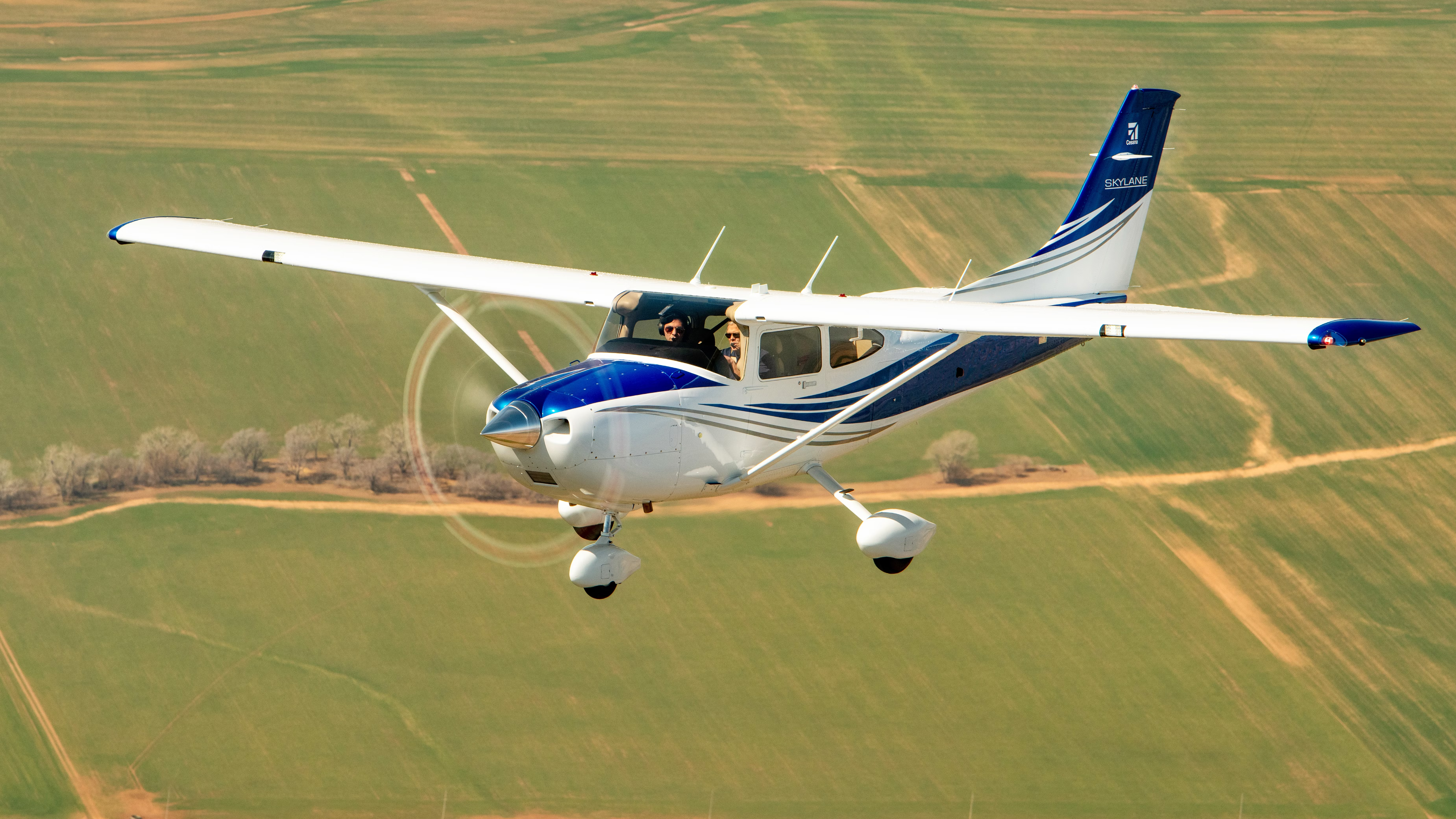Two aircraft above the skies of Austin airport came within almost 350 feet of each other on Wednesday, October 16. An American Airlines Boeing 737-800 aircraft, was on approach after a flight from Chicago O’Hare International Airport
, however, on approach the two planes almost crossed paths, with the Cessna 182
just 350 feet below.
A near-miss above the skies of Austin
![]() American Airlines
American Airlines
flight AA2587 landed safely after the incident after the TCAS advisory alerted the pilots to the smaller aircraft and the continued loss of separation between the two planes. The Cessna 182 is alleged to have unexpectedly entered the ongoing flight path of the 737 jets. However, both pilots were able to take corrective action at the time of the incident.
The incident occurred at around 10:45 local time above
Austin–Bergstrom International Airport
(AUS). The AA flight aborted its descent to complete a go-around and eventually touched down at 10:56.

Related
FAA Investigates Near Miss Incident Involving 2 Southwest Jets At San Diego Airport
One aircraft was cleared to cross the runway, while another was cleared for takeoff.
122 passengers and six crew onboard
According to CBS News’s report, 122 passengers and six crew were onboard the American Airlines flight.As analyzed by Flightradar24, the Cessna 182 unexpectedly made a southbound turn during the American Airlines flight descent, resulting in a potential where the two aircraft would cross paths.
Onboard the AA flight, a TCAR RA (immediate instructions issued to a pilot to avoid a mid-air collision) was issued, resulting in the American pilots’ evasive actions and aborting its descent. The aircraft appear to have come within 800 horizontal feet of each other.
The Cessna 182, bearing registration N738PG, otherwise continued its journey, landing at Roger M Dreyer Memorial Airport in Gonzales, Texas, around an hour later. N738PG holds serial number R18200949 and according to the FAA registry, is owned by a resident in Morse, Acadia, Lousiana.
Who’s at fault?
You could quickly point the finger at the Cessna pilot, taking the unexpected turn. However, air traffic control still authorized many of the Cessna’s movements, even while the American Airlines flight wapproachingach. While the AA pilots at certain stages of their descent had visuals of the smaller aircraft, there were moments when that visual was lost. Air Traffic Control also did not distinguish Cessna’s course of action, resulting in the AA aircraft’s TCAS alert kicking in.
Photo: Textron
Had there not been a
TCAS alert
in the American Airlines cockpit, the result of the two airlines’ eventual path could’ve ended catastrophically. The Federal Aviation Administration (FAA) has launched its own investigation into the near-miss and will speak with all parties involved.
This near-miss follows a string of recent occurrences involving aircraft that have received clearance for taxi or departure from airports around the US without acknowledgment of other inbound aircraft.



